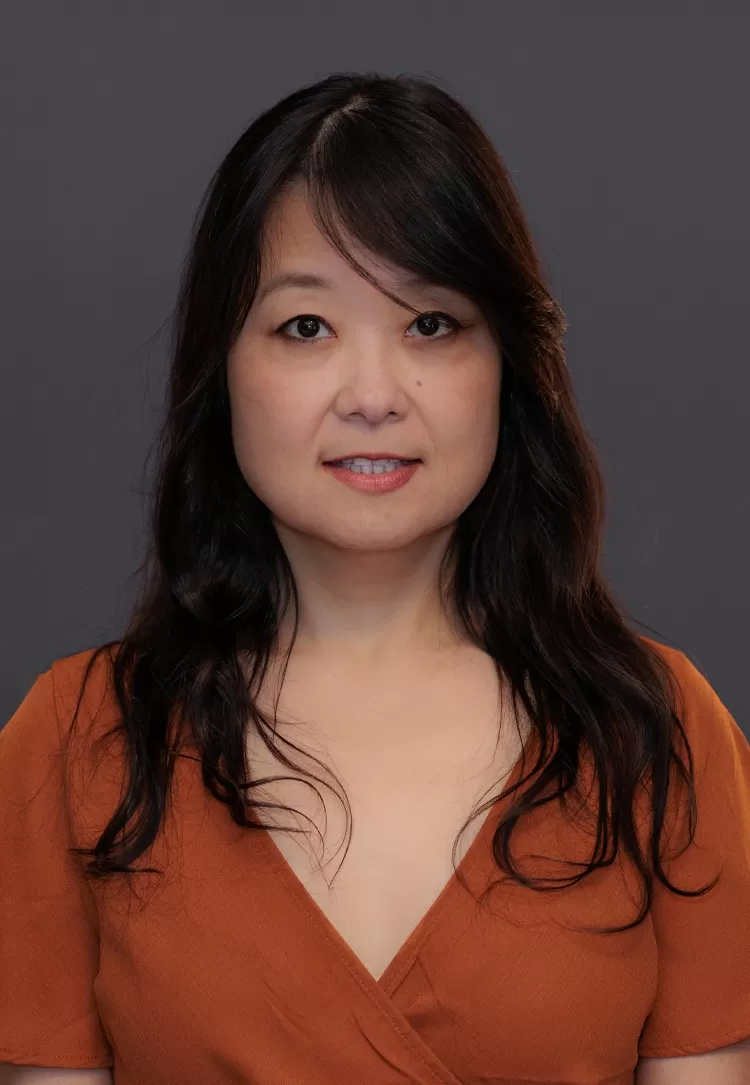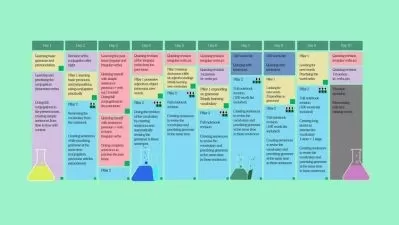Learning Japanese: A Gateway into Culture
Yuki Sasaki Caldwell
16:47:51
Description
Japan attracts tens of millions of travelers from around the world every year. With its spectacular natural beauty, world heritage sites, immensely rich history, global pop culture influence, and the technology allure of cities like Tokyo, it has a little bit of everything. While you don’t have to speak Japanese to enjoy this beautiful island nation, learning the language opens the country and culture to you in a way non-Japanese speakers would miss. Now is the time to venture into this fascinating language with Learning Japanese: A Gateway into Culture. In 36 lessons, you will learn not only how to speak, read, and write Japanese on an introductory level, but also to appreciate the culture as revealed in the language—a culture built on respect for others and the supreme importance of community.
Your professor, Yuki Sasaki Caldwell, is a native Japanese speaker who has lived and worked in the United States for decades. She teaches with an energy and enthusiasm for her subject that makes learning a new language as fun as it is informative. In addition to hearing the language spoken and seeing it written, this course’s on-screen transliteration and graphics make it easy for you to follow along as you increase your Japanese language skills.
Japanese Language Reveals Japanese Culture
Every language reveals aspects of its national culture, and this is especially true of Japanese. Even if you knew absolutely nothing about the country, you would become intimately familiar with Japanese culture by learning the language.
One of the most significant values in Japanese culture is the inclination to be polite; you never want to brag or put another person in an awkward or embarrassing position. This desire for civility, politeness, and respect is paramount in every aspect of Japanese life. Supporting that value, the Japanese language has three separate forms of speech corresponding to three levels of politeness: the plain or dictionary form, the polite form, and the honorific or humble form. Choosing the appropriate form to use while speaking Japanese is a much more complex decision and has greater ramifications than choosing between “yep” or “yes, ma’am” in English.
In this course, Yuki teaches the three forms and guides you in choosing which form to use in which circumstances. She explains the cultural emphasis on values, such as:
- Humility. You will notice in conversation that Japanese people deflect compliments. In fact, they will state out loud that they’re not very good at the action they’re being complimented for, no matter their actual skill level, because being humble is valued much more highly than having achievements.
- Respecting Elders. Japan has a long history of showing respect to older people and that is also reflected in the language. The honorific form is always used when speaking to older people—meaning anyone older than yourself—as a sign of respect and politeness. If you don’t know if someone is old enough to deserve that honorific form of speech, it’s always best to err on the side of politeness.
- Not Saying “No.” Japanese cultural norms dictate that you never answer a question with a direct “no.” Instead, Japanese provides other vocabulary for those situations. The appropriate Japanese responses are indirect or incomplete and would be considered “hemming and hawing” in English. But your native Japanese language partner will understand your meaning and appreciate this approach.
Learning to Write Japanese
Native English speakers learn the Roman (also called Latin) alphabet beginning in preschool, or even sooner. These symbols, which we know as letters, include all the consonants and vowels that are used to create every sound and word in the English language. This alphabet is the only tool they will ever need to write in English.
Japanese, on the other hand, does not use an alphabet. Written Japanese uses two systems of syllabaries and one system of logograms. In a syllabary, each symbol represents a complete syllable, not just a single sound. While English almost always requires at least two symbols to create a syllable, a Japanese syllabary requires only one. In addition to the two syllabaries, Japanese also uses a system of logograms, in which each symbol represents a complete word. Some of the symbols are pictograms, in which the symbol is a “picture” of the concrete object it represents. Other logograms are symbols that represent complex ideas. While this may sound complicated or overwhelming, Yuki breaks it down into clear and accessible steps, illustrated by useful examples.
In this course, you will see and learn four systems of writing Japanese words:
- Romaji. Romaji uses the Roman alphabet to transliterate Japanese words. Although not an official Japanese writing system, romaji is a crucial tool for Japanese learners whose native language uses the Roman alphabet. In this course, Japanese is transliterated for you on the screen in romaji—making it easy to follow along.
- Hiragana. Hiragana is one of the two syllabary systems used in Japanese writing and it’s the system school children learn first. In this course, you will learn to write and read all 46 characters of the hiragana syllabary.
- Katakana is also a syllabary system with 46 characters, and you will learn them all in this course. Both katakana and hiragana were derived from the same Chinese characters, so you will see some similarities, although the katakana symbols are more angular. Stroke-order diagrams will help you learn to write the characters correctly.
- Kanji is a logogram system that uses Chinese characters. Each symbol represents a complete word, not just a syllable, and each word has its own kanji. It is the most complex of the Japanese writing systems. In this course, you will learn to read and write dozens of kanji. But this is just the beginning! Japanese high school graduates know more than 2,000 kanji, and some scholars estimate more than 50,000 kanji are in existence today.
Similarities between English and Japanese
While there are certainly many differences between English and Japanese, there are also some important similarities, as Yuki will point out. These similarities will make it easier for you to intuitively understand some aspects of Japanese. They include:
- Consonants. Almost all Japanese consonant sounds are the same as English; there are only two new sounds to learn.
- Vocabulary. Hundreds of Japanese words are taken directly from English—from beer to computer, tennis to restaurant. Once your ear becomes accustomed to the sounds of Japanese speech, that vocabulary will be familiar to you.
- Tonal Quality. While spoken Japanese sounds very different than English due to syllable accents and inflection, neither is a tonal language. Unlike Mandarin, Vietnamese, and many others, the meanings of English and Japanese words are not dependent on the tones of the syllables.
Learning anything new is exciting but learning a new language can be especially rewarding as it will open new opportunities for appreciating a rich, vibrant culture. Learning Japanese: A Gateway into Culture gives you a brand-new way of looking at the world—and an opportunity to truly understand this alluring land and its people.
More details
User Reviews
Rating
Yuki Sasaki Caldwell
Instructor's CoursesYuki Sasaki Caldwell is an Instructor of Japanese Language in the Department of Comparative Literature and Intercultural Studies at the University of Georgia (UGA), where she also received her Master of Education degree in Foreign Language Education. In her more than 20 years of teaching at UGA, she has instructed every Japanese language course offered, created course materials, and coached prize-winning students in preparing for speech contests. She is from the city of Sayama, located in Saitama prefecture, part of the Greater Tokyo area.

The Great Courses
View courses The Great Courses- language english
- Training sessions 37
- duration 16:47:51
- Release Date 2023/05/09











